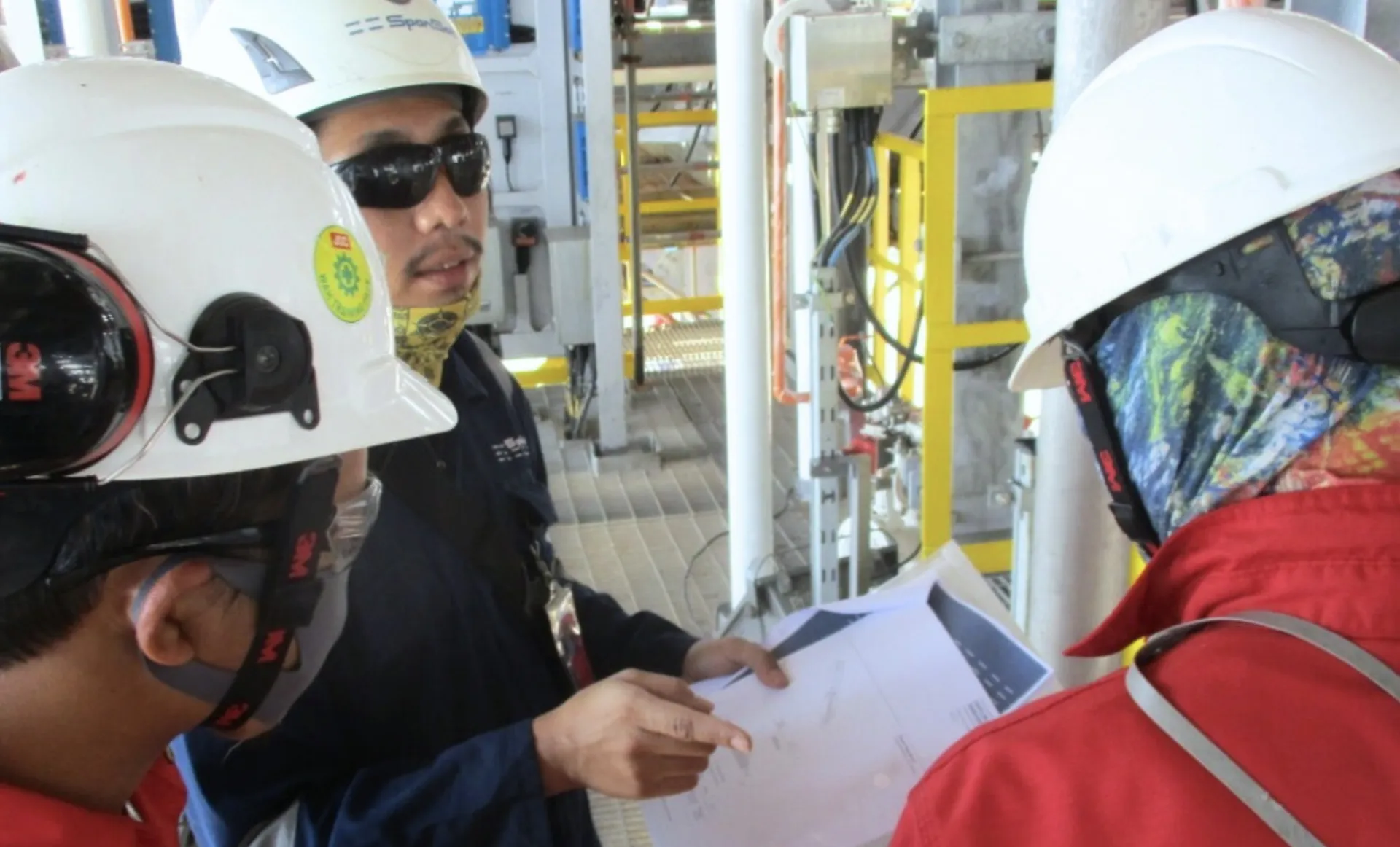Anchor Testing at Height
Working at heights in industrial environments, from manufacturing to mining, is often unavoidable. It begins with careful job planning before starting the work, ensuring safe and effective execution, and being prepared for emergency situations. When you work surrounded by various risks, you tend to be cautious and rely on safety equipment that can protect you in dangerous situations. Especially when you are fully aware that your life depends on these tools.
Failure to plan and prepare the right equipment can mean the difference between life and death for workers. Therefore, testing is necessary to ensure that the anchors you use have the capability and specifications that meet applicable safety standards.
What is an Anchor?
An anchor in height work is the primary point where fall protection devices are attached. The main function of the anchor is to stop a fall when a worker slips or falls, preventing them from free-falling. Additionally, the anchor ensures that the worker remains securely attached to a safe point while working at height.
Types of Anchors
There are several types of anchors used in height work. Examples of common types of anchors include:
- Anchor Point / Eye Bolt
- Horizontal Lifeline System
- Tripod
- Davits Arm
- And More


According to SNI 8603, which regulates Anchors for Working at Height, anchors are divided into five types:
- Type A Anchor: A permanent, standalone anchor point that can rotate on its axis or remain stationary to attach fall protection devices (e.g., Eye Bolt).
- Type B Anchor: A non-permanent, standalone anchor point for attaching fall protection devices (e.g., Tripod, Sling, Beam Anchor).
- Type C Anchor: A flexible horizontal anchor track with a deviation of no more than 15 degrees (e.g., Horizontal Lifeline System).
- Type D Anchor: A rigid horizontal anchor track with a deviation of no more than 15 degrees (e.g., Horizontal Lifeline Rail System).
- Type E Anchor: A movable anchor point with a deviation of no more than 5 degrees from the horizontal surface, where the work relies solely on the weight and friction with the surface (e.g., Counter Weight System).
SpanSet Indonesia is an expert in Height Safety, lifting, and load securing, with over 50 years of experience in the industry. We are a manufacturer in these fields and can provide consulting services to offer solutions tailored to your height work needs.
For further consultation on anchors, horizontal lifeline systems, vertical lifeline systems, and other anchors, including anchor testing for height work, please contact us at sales@spanset.co.id.